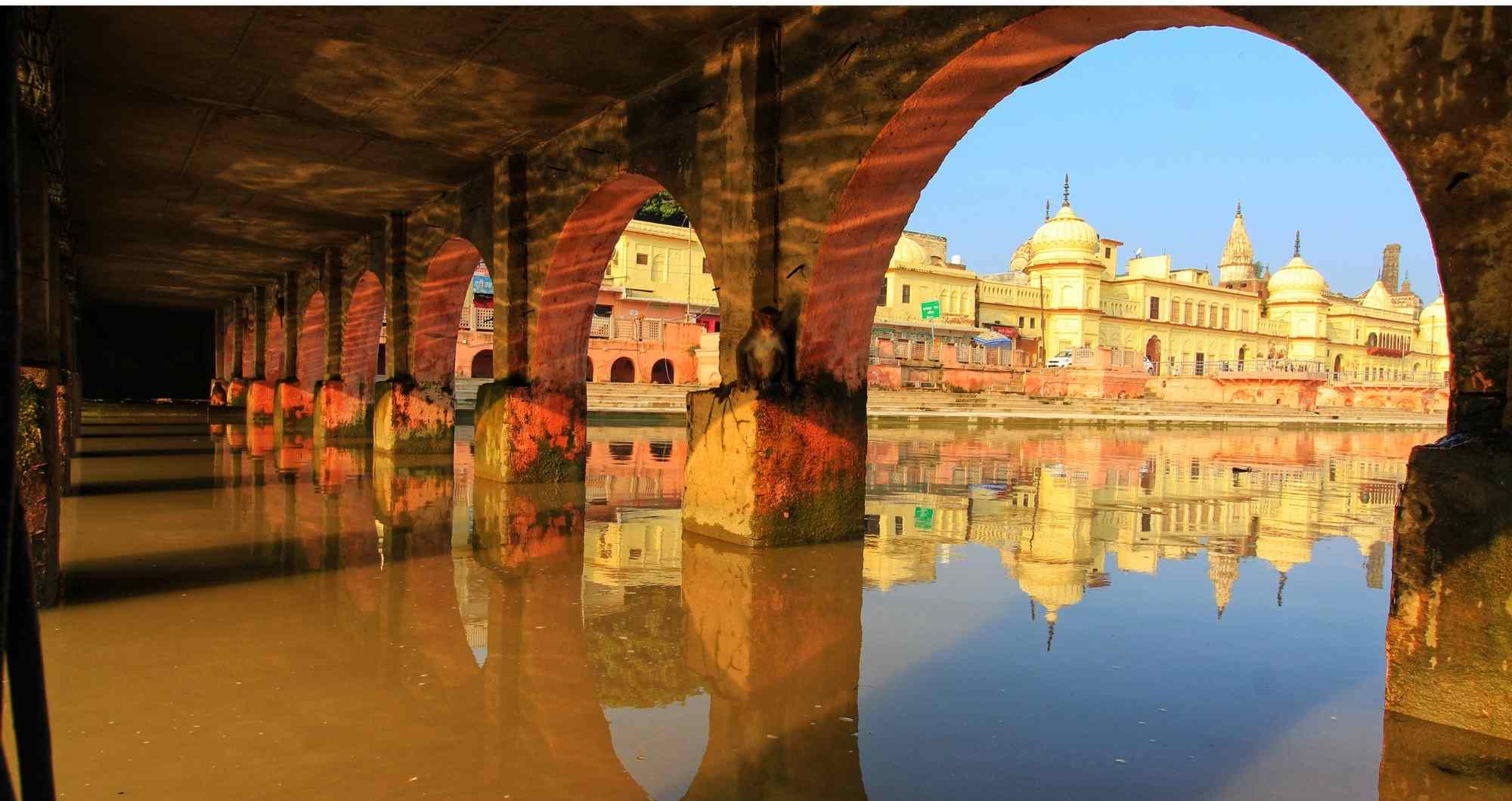Ayodhya—an ancient city rich in mythology, history, and tradition—is one of India’s most renowned destinations. Known as the birthplace of Lord Rama, Ayodhya draws visitors interested in its historical landmarks, architectural marvels, and cultural heritage. With the recent inauguration of the Shri Ram Janmabhoomi Temple, the city has gained renewed attention as a site of tourism, history, and culture.
Here’s a comprehensive guide to the top places to explore in Ayodhya, from famous temples and river ghats to cultural centers and historical sites.
1. Ram Janmabhoomi Mandir
At the heart of Ayodhya lies the Ram Janmabhoomi Mandir, built at the site traditionally believed to be the birthplace of Rama.
Why Visit:
-
Admire the detailed sandstone architecture
-
Observe the grandeur of one of India’s most notable landmarks
-
Understand the cultural significance of this historic site
2. Hanuman Garhi
Situated on a small hill, Hanuman Garhi is one of Ayodhya’s most visited temples, dedicated to Hanuman, a prominent figure in Indian mythology.
Why Visit:
-
Climb 76 steps to reach the temple
-
Enjoy panoramic views of Ayodhya
-
Experience a historic site with cultural significance
3. Kanak Bhawan – Palace of Sita and Rama
Kanak Bhawan, meaning “Golden Palace,” features beautiful carvings and houses idols of Rama and Sita.
Why Visit:
-
Explore Rajasthani-style architecture and intricate decorations
-
Appreciate the combination of art, culture, and history
-
Enjoy a calm and aesthetically pleasing environment
4. Nageshwarnath Temple – Legacy of Kush
According to legend, the Nageshwarnath Temple was established by Kush, son of Rama, and remains an important historical site.
Why Visit:
-
Learn about centuries-old traditions and practices
-
Visit during festivals like Maha Shivratri
-
Explore the temple during Panchkoshi Parikrama
5. Guptar Ghat
Guptar Ghat, located along the Sarayu River, is a serene riverside area associated with historical and cultural traditions.
Why Visit:
-
Take a quiet boat ride along the Sarayu River
-
Enjoy the peaceful riverside setting for reflection or photography
-
Witness evening ceremonies that highlight local culture
6. Treta Ke Thakur – Ashwamedha Yajna Site
This historic site marks the location where Rama is believed to have performed the Ashwamedha Yajna, featuring black stone idols that are centuries old.
Why Visit:
-
Explore a site with historical and cultural importance
-
Attend the temple during Kartik Ekadashi, when it is open to visitors
-
Understand post-Ramayana cultural traditions
7. Tulsi Smarak Bhawan – Literary and Cultural Center
Dedicated to the saint-poet Goswami Tulsidas, Tulsi Smarak Bhawan celebrates his literary contributions, especially the Ramcharitmanas.
Why Visit:
-
Explore Ramayana-themed exhibits, museums, and libraries
-
Attend recitations and cultural programs
-
Learn about Tulsidas and his impact on Indian literature
8. Ramkatha Park – Cultural and Educational Hub
Ramkatha Park is a modern venue promoting storytelling, music, and cultural programs connected to the Ramayana and Indian traditions.
Why Visit:
-
Watch open-air performances and cultural events
-
Attend lectures and workshops on history and culture
-
Enjoy well-maintained landscapes suitable for family visits
9. Mani Parbat and Sugriv Parbat – Mythological Hills
These small hills are connected to stories from Indian epics, offering visitors a blend of mythology, nature, and light hiking opportunities.
Why Visit:
-
Explore scenic spots with mythological significance
-
Hike the hills for panoramic city views
-
Discover legends associated with the Ramayana in a natural setting
Best Time to Visit Ayodhya
The mild weather from October to March is ideal for sightseeing. Festivals such as Deepotsav, Diwali, and Ram Navami make the city especially lively and colorful.
Travel Tips
-
Wear modest clothing when visiting temples or cultural sites
-
Start your day early to avoid crowds
-
Stay near central landmarks for easier access to major sites
-
Respect local customs and photography rules
Conclusion
Ayodhya is a city where history, culture, and architecture converge. Every temple, ghat, and monument offers visitors insight into India’s rich traditions. Whether you are exploring for historical interest, cultural enrichment, or tourism, Ayodhya provides an engaging experience with a blend of ancient heritage and contemporary significance.

